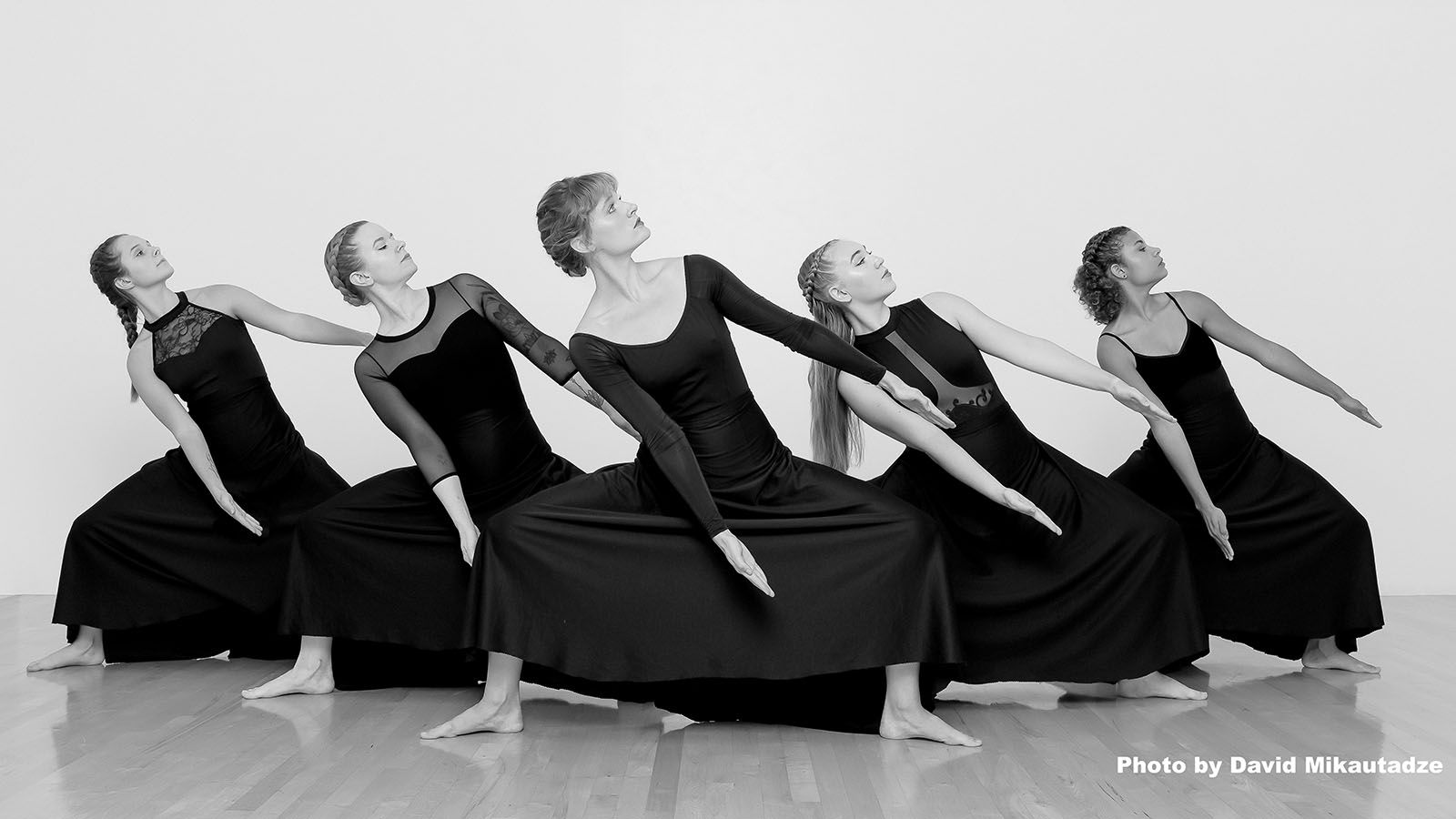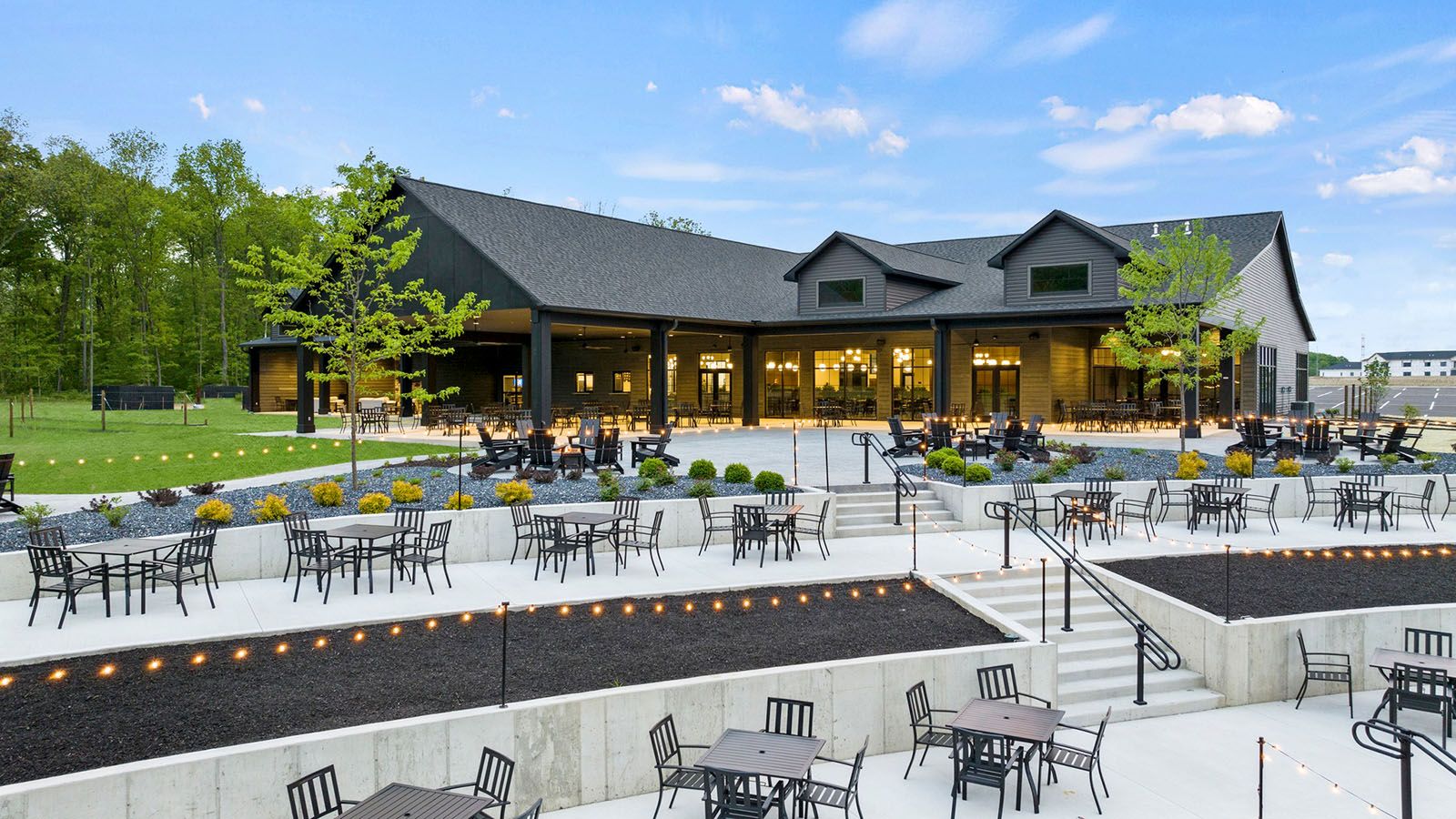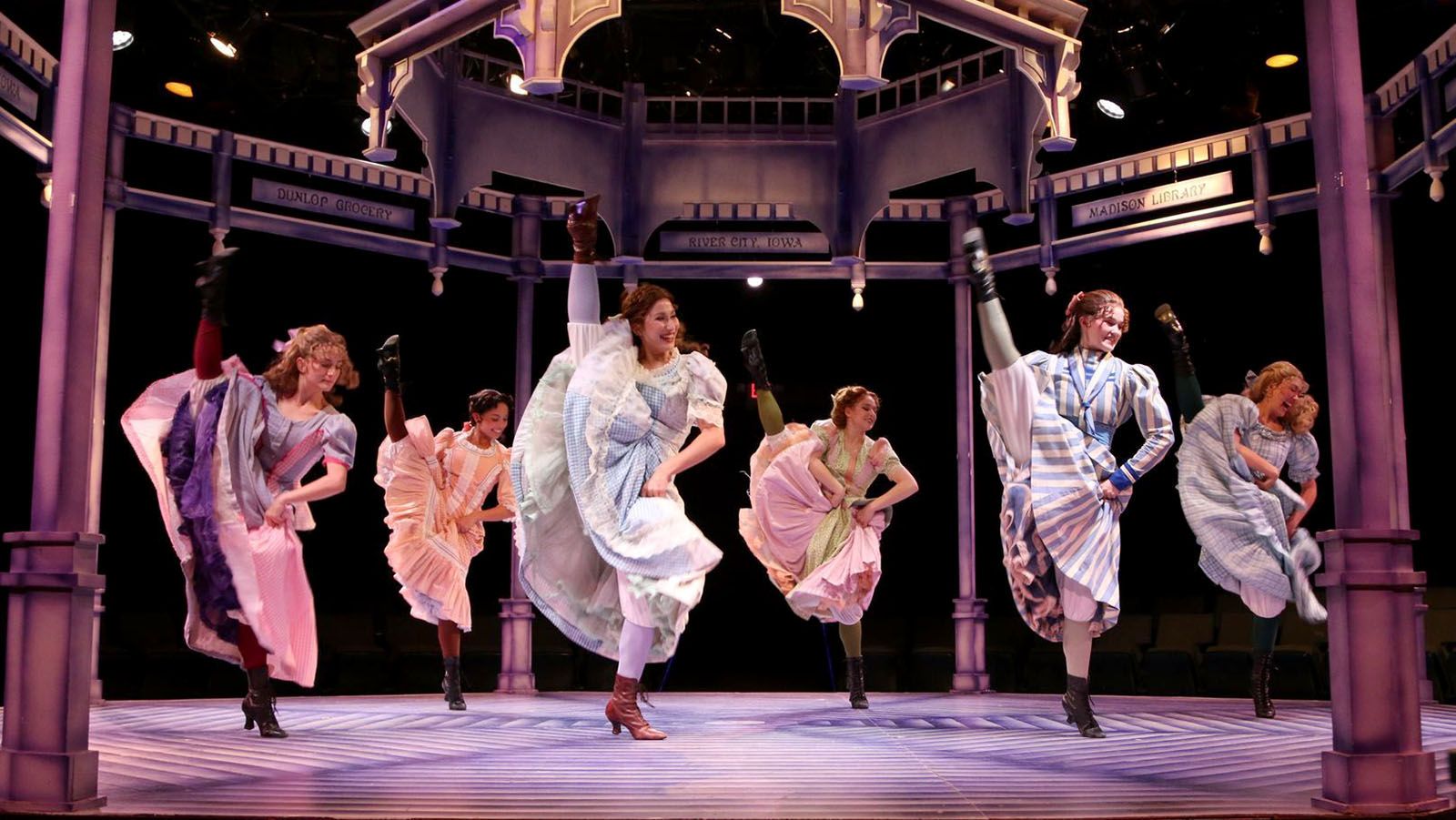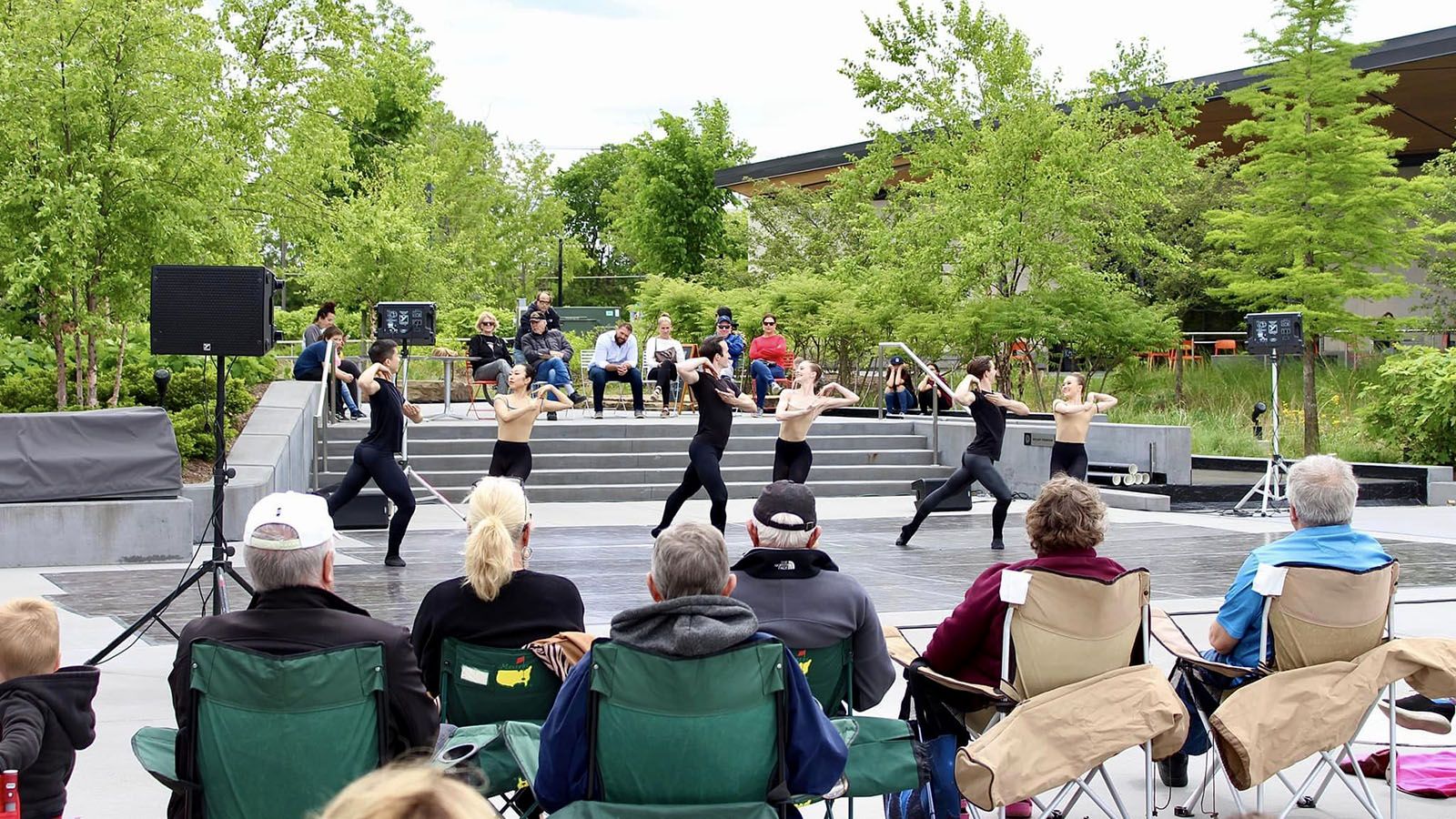You won’t want to miss out on Mikautadze Dance Theatre’s season finale acts.
At 8 p.m. on June 2-3 at Purdue Fort Wayne’s Williams Theatre, the dance company will present “Suite for Solo Viola and Dancers,” “Aheym,” “Kandinsky Suite,” “Lost,” and “Sonata,” “Passacaglia,” and “Envy.”
But it’s not just the magnificent musicality and dynamic storytelling of the productions that drive this theater’s artistry. It’s the people — those who produce the show and those who consume it.
LAYING GROUNDWORK
A nonprofit arts organization founded in 2008, Mikautadze Dance Theatre wasn’t always located at PFW. Husband and wife co-founders David and Elizabeth Mikautadze started at Fort Wayne Dance Collective, but growth in talent and a longing for a larger space led to a change of scenery.
“I guess you could say we were looking for our home base,” Elizabeth said.
The move was finalized in 2012. The theater has enjoyed its more-than-a-decade-long residency at PFW’s College of Visual and Performing Arts with creative vigor, performing elaborately crafted shows at the Williams Theatre every year.
DESIGNATING CORNERSTONES
In addition to founding MDT, both the Mikautadzes play active and impactful roles in the planning and production of the performances.
Elizabeth, MDT’s artistic director, takes charge of much more than the dancing artistry. From training dancers and leading rehearsals to making casting calls and laying down performance rudiments, she quite literally lives a theatrical life.
Her love for choreography, however, holds a special place in her heart.
“This is my main passion and reason for directing this company. I love to make dances and always have,” she said. “I cannot remember a time in my life without dance.”
Like Elizabeth, David shares several responsibilities. In addition to acting as designated videographer, photographer, and A&R representative, he actively nurses a strong passion for melodic artistry — he is music director, after all.
This duty entails David’s searching for pieces Elizabeth will choreograph. Creating personal relations between other composers and artists and the company is another one of his tasks. But he is also a music maestro himself, having composed one new piece (or more) for every spring concert MDT has produced.
And this year’s performance is particularly special.
“I composed a suite of five technically challenging short etudes for solo viola — one for each of our five dancers,” David said. He further describes each of his creations as having been produced “in a contrasting style and tempo, ranging from highly energetic to slow and dreamy.”
It almost goes without saying that these pieces are intricately, purposefully created works of audial art. But besides the obvious artistry of the dancers, who would he trust to bring such masterpieces to life?
“Our daughter started playing violin at the age of 4, but about two years ago, she switched to viola,” David said.
At 17 years of age now, Juliette Mikautadze will accompany her parents’ hard work.
“It is our first artistic collaboration with our daughter, and we are excited for the community to appreciate it,” David said.
The heartwarming and cohesive family moment is “very rewarding.”
PLACING FINAL TRUSS
But one more pillar must also be constructed: the curtain-call team members.
Principal dancers Emily Craig and Emily Keisler, company dancer Maya Radke, and apprentice dancers Sara Bracey and Annika Kroeker come together to present audiences with the culmination of the demanding dedication of the art of dance. Emily Craig even partook in choreographing, which can be seen in “Lost.”
Costume designer Jeanne Pendleton, featured composer Dr. Debra Lynn, featured musician Juliette Mikautadze, lighting designer Kenzie Martz, and others each offer their own necessary contributions to the performances as well.
It’s the combination of both behind-the-scenes workers and onstage performers that set the show and its artistry into motion.
ADDRESSING ARTISTIC VISION
Comprised of seven dances each, MDT’s upcoming productions are destined for a unique strength and poise of their own.
“As an artist, I strive to create work that may not have a literal translation,” Elizabeth said about the meaning and story behind the acts. “I like to take the audience outside of their everyday realities and give them visions that inspire their own creative thoughts, reflecting the art that they are experiencing.”
She explained the dances in the show are diverse in their backgrounds and underlying messages.
“Some works will have small descriptions or quotes in the program to suggest a theme or idea,” she said.
But it’s not one big show, David added.
“Each dance is a vignette,” he said. “Some of them tell a definite story. Some are abstract or storyless. But all of them are theatrical, dramatic, and thought-provoking.”
A testament to the theatrical arts indeed.
ARTISTIC PROMISE
“MDT’s passion for art!” Elizabeth exclaimed, speaking of what she hopes theatergoers will partake. “We love performing and sharing our creations and are truly motivated by the inspiration our audience receives.”
What inspiration?
Elizabeth clarified this as the reception of patrons’ unique interpretations of the shows’ meanings and storylines.
“The next time we dance that piece, it may carry along that creative feedback from our audience and continue to transform the work,” she said.
This construction of this theatrical artistry is already sturdy — what more could possibly be done to enhance it? Well, it needs something to hold it together. Like glue, but stronger.
The promise that any piece of art — whether dance, music, poetry, or paintings — provides is the assurance on both ends that producers and consumers create and receive elements of said art. This is the life cycle of art.
While planners, producers, and other collaborators provide the theatrical artistry in the first place, theatergoers are the cement that holds everything together.
As Elizabeth said, viewers’ unique feedback on the delicacies of the art brings another dynamic element to said art; it expands and enriches it.
After all, why produce a show that no one watches? That’s not the end goal — the life cycle of the art must continue.
Taking responsibility in and delegating basic roles allows the bare bones of the project to form and calcify. So, once the plan is set in motion, the rest of the act follows accordingly — but only with immense help from everyone, not just a select few.
Along this same vein, David describes his enthusiasm in “sharing the artistry and hard work of everyone involved in putting together the remarkable shows.”
So, while performances may change here and there, whether due to the desire to try something new or reaction to audience feedback, one constant remains: the active participation in the construction and life cycle of theatrical artistry both producers and consumers hold.
It really is a joint effort.





